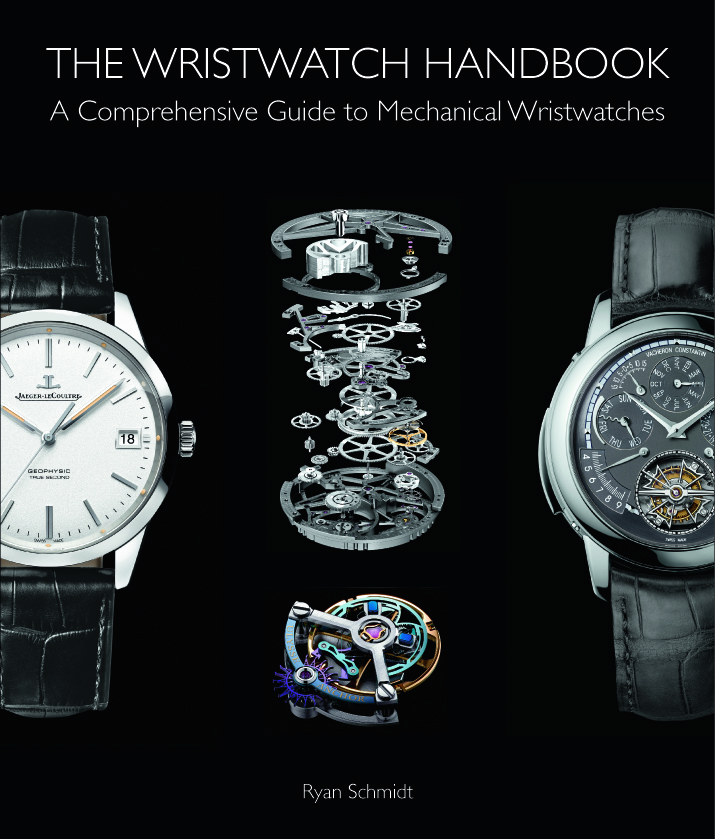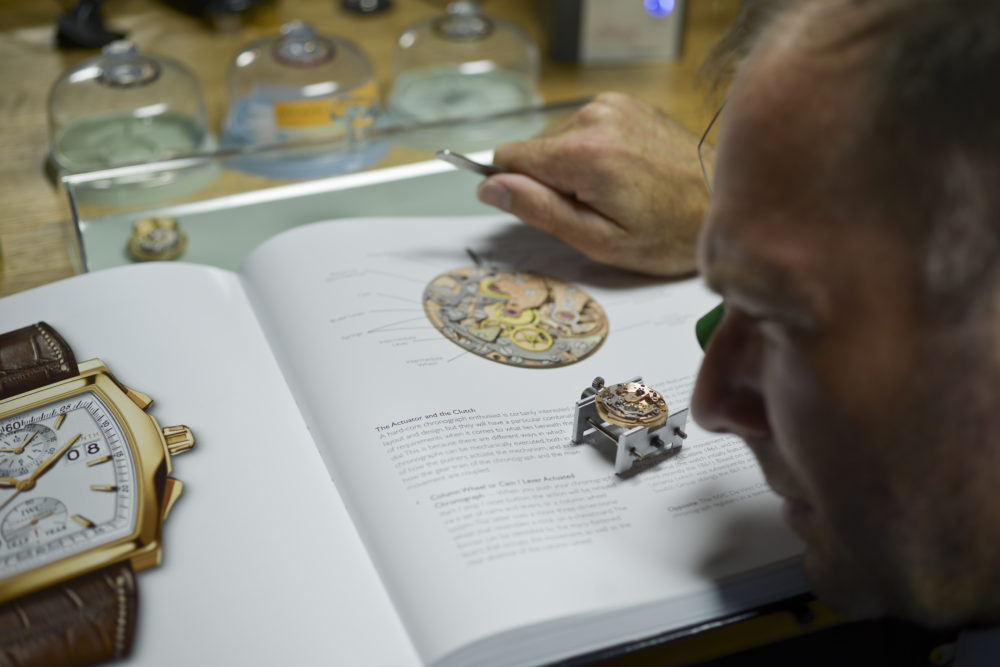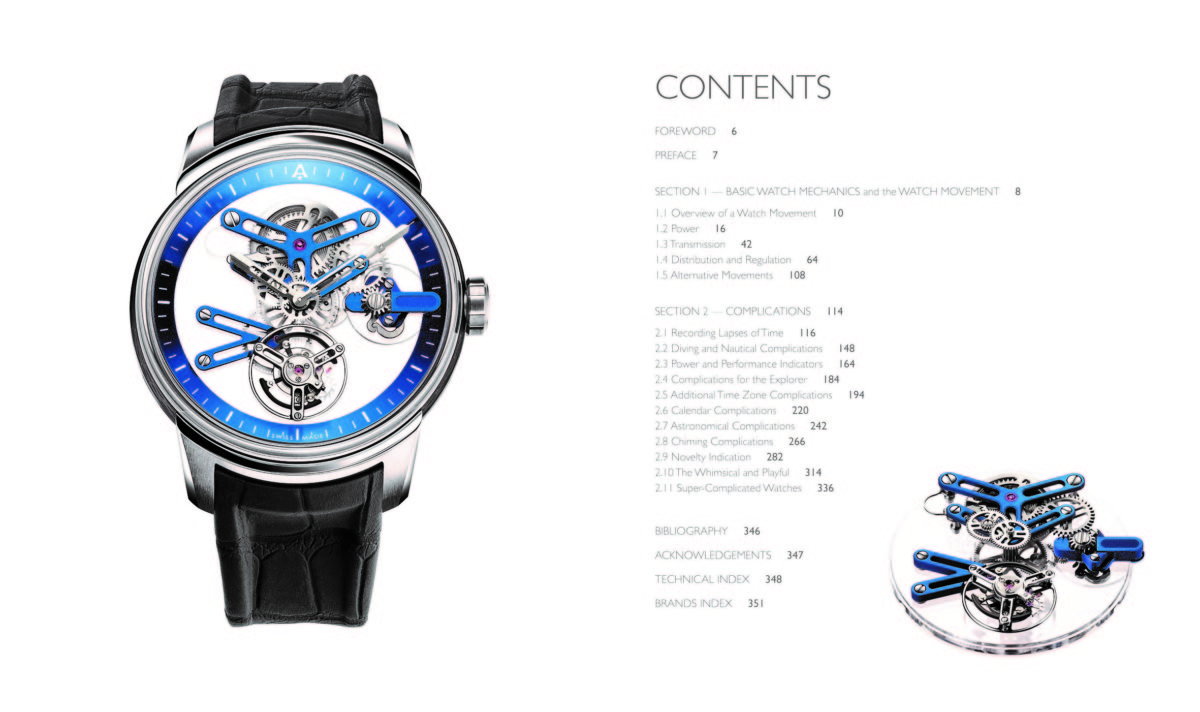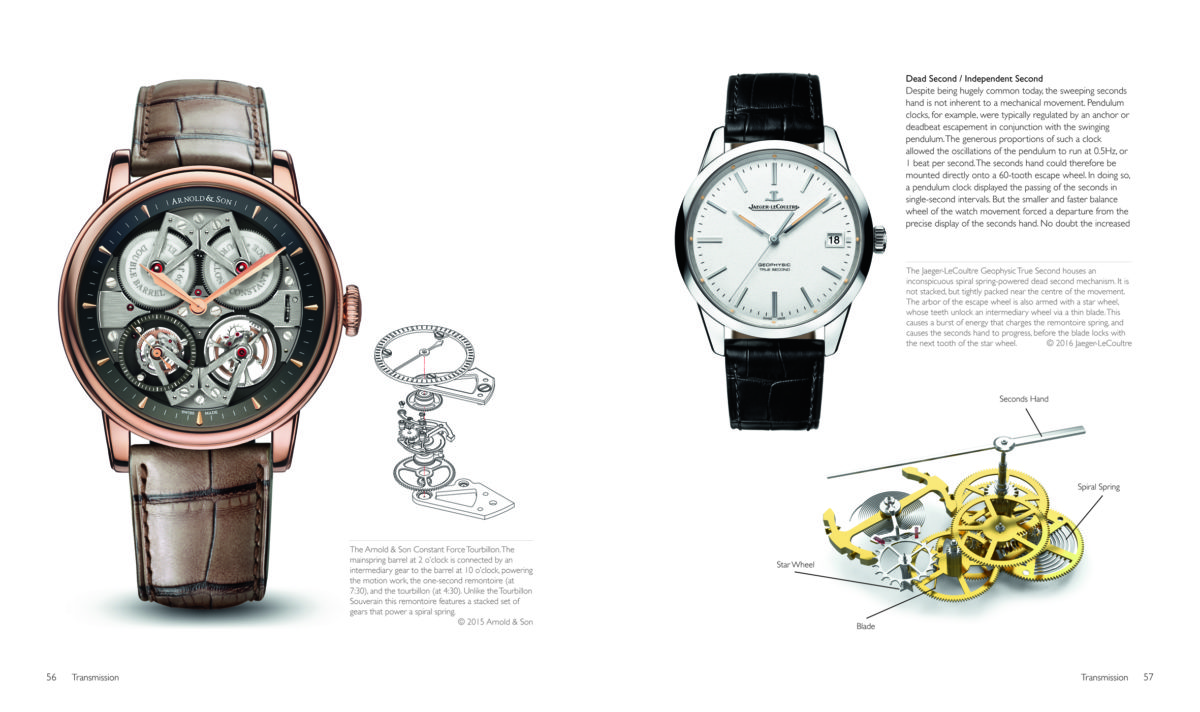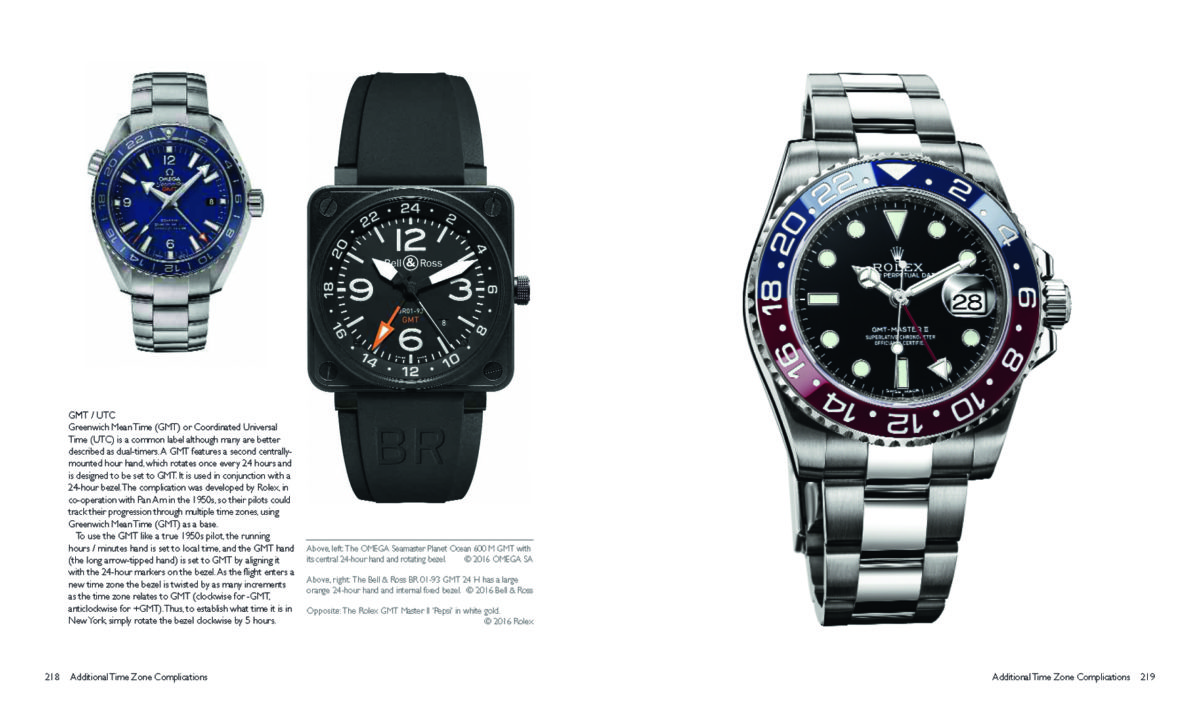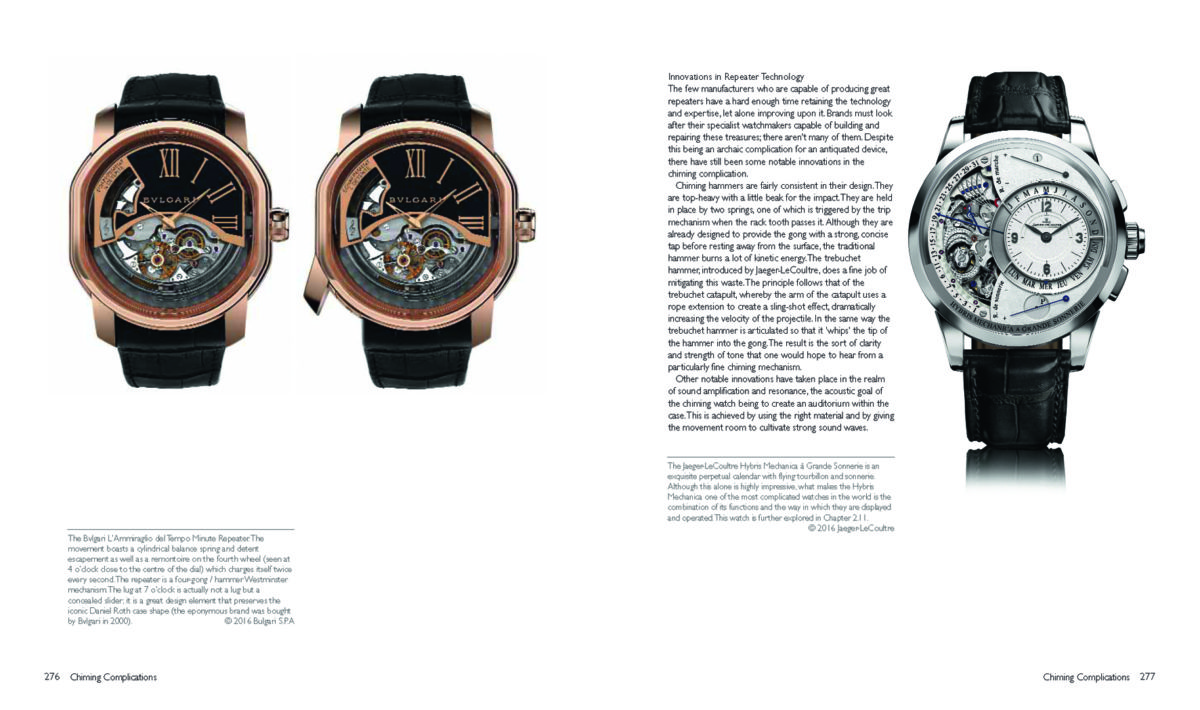 Sponsored Post written for aBlogtoWatch by advertiser
Sponsored Post written for aBlogtoWatch by advertiser
The Wristwatch Handbook: A Comprehensive Guide to Mechanical Wristwatches is a newly released book designed to be your map and compass to the world of watches. Hardbound, with 352 pages and 470 images from more than 90 brands, it goes where no book has gone before: to the precious space between horological tome and coffee table eye confectionary.
The Wristwatch Handbook is written by Ryan Schmidt, who in addition to being a watch enthusiast and regular commenter on many an online forum, including aBlogtoWatch, also happens to be me. Not surprisingly I am something of an authority when it comes to talking about myself and what makes the book so special. It is therefore my great privilege to be doing a bit of both today. There are already independent reviews of the book, and there will continue to be more over the coming weeks and months, so the focus of this article is to bring you a closer insight into some of the ‘why’s’ and ‘what’s’ of the book that you won’t find elsewhere.
What’s in the book?
Putting the book together required that I scale two mountains: First, and obviously, was the writing of the book. Most of the 165,000 words felt like they had already been written in my mind, they simply required some editorial tuning. Others were a little harder to form, such as the subchapter on sidereal time in the Astronomical Complications chapter. For these highly specific and often scientific topics it was not uncommon for me to disappear into books, websites, or into rambling dialogues with experts, only to emerge with one sentence for the final cut.
At times it was a little maddening, but my absolute priority with the book was to deliver complex subject matter in an accessible yet accurate manner. It is one thing to gain a basic understanding of a complex topic, but to explain a complex topic in a basic manner you need to really understand it, and that sometimes meant going back to school in order to craft a single paragraph. This was my first mountain, and I may have lost some extremities to frostbite along the way, but the summit was worth it and it’s the greatest source of pride that I have in the book. I hope you will find that to ring true when you read it. Even if you are a seasoned enthusiast you will find bits and pieces of information that simply aren’t anywhere else in the public sphere.
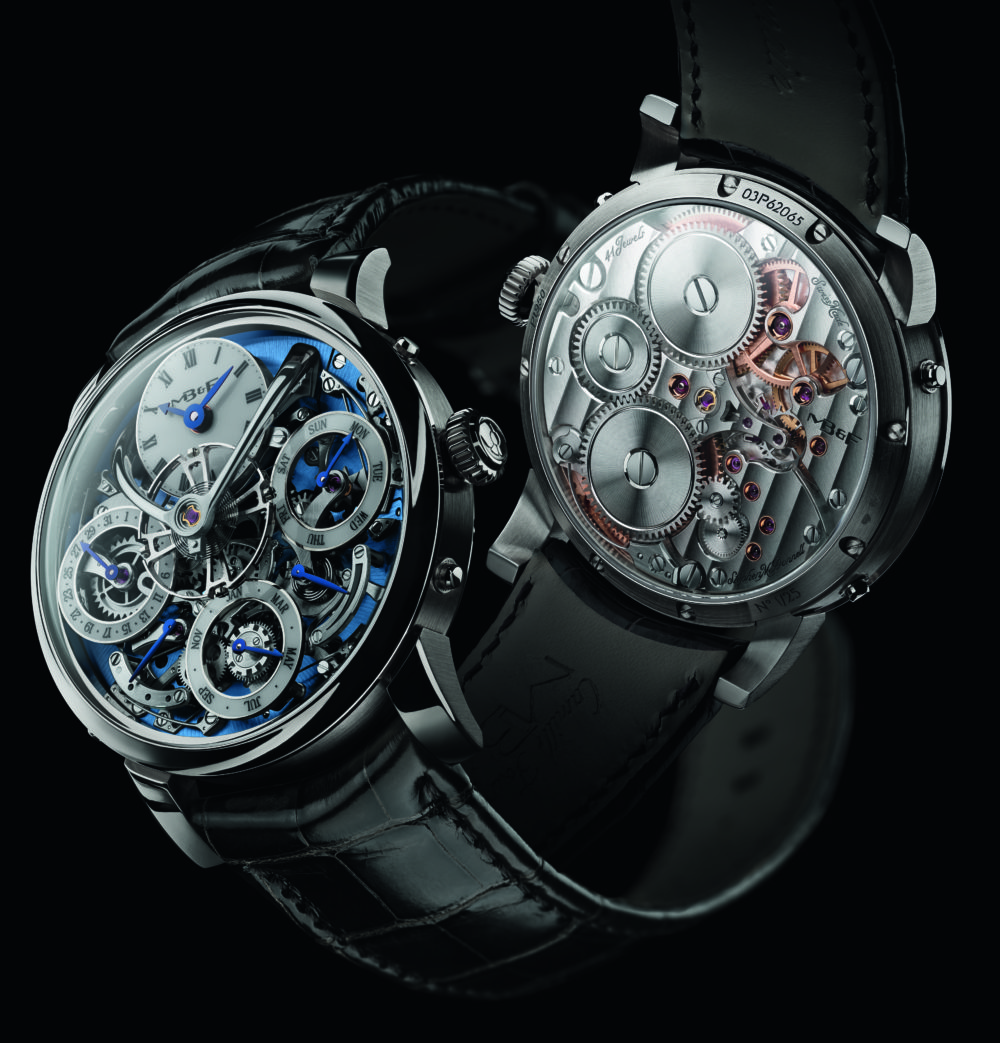
The Wristwatch Handbook is illustrated with some of the most compelling wristwatches ever made, such as the MB&F Legacy Machine Perpetual. © 2016 MB&F
The second mountain was the pulling together of the images. It was extremely important to me that the book be illustrated with the highest quality images out there, and I wanted to demonstrate the sheer variety that the industry has to offer. The book features over 470 images from more than 90 brands. What this translated to was a 90-layer dialogue that I had to engage in with the industry. Almost without exception the brands were very happy to participate, but many had to get a sense of what the book was about. This was a brutally time-consuming process that required the negotiation skills of a lawyer and the excel skills of an accountant. Fortunately I have qualifications in both of these areas so it was a brutal, but ultimately fruitful, experience! Those images that I was unable to obtain straight from the source, I tracked down from auction houses and a handful of independent third party photographers. I was committed to completing the book without losing a single watch from my list, and to have successfully done so is the second greatest source of pride that the book provides me with today.
But what exactly is in the book?
The book has two distinct sections. Section 1 is entitled ‘Basic Watch Mechanics and the Watch Movement.’ Here you will find an introductory overview of the mechanical movement. Then the book moves deeper into a substantial chapter for each core principle: Power, Transmission, and Distribution & Regulation. In the ‘Power’ chapter I explain the role of the mainspring, the supporting components, manual winding, winding rotors, movements with independent power sources, and extra power. The ‘Transmission’ chapter looks at the way power is translated into a gear train of ever increasing speed, covering topics such the motion work and keyless works, hacking, dead seconds and constant force mechanisms such as the remontoir d’égalité and the fuseé and chain.
In the ‘Distribution & Regulation’ chapter I consider concepts like amplitude and isochronism, and provide an overview of some of the more important escapements of the past and present. This is where you will find the gimbal escapement, the detent, the tourbillon, high frequency balances and those that transcend the horizontal plane. Briefly, so as not to invalidate the title of the book, I touch upon some of the more important and fascinating alternative movements out there, such as the tuning fork, the atomic movement, and spring drive.
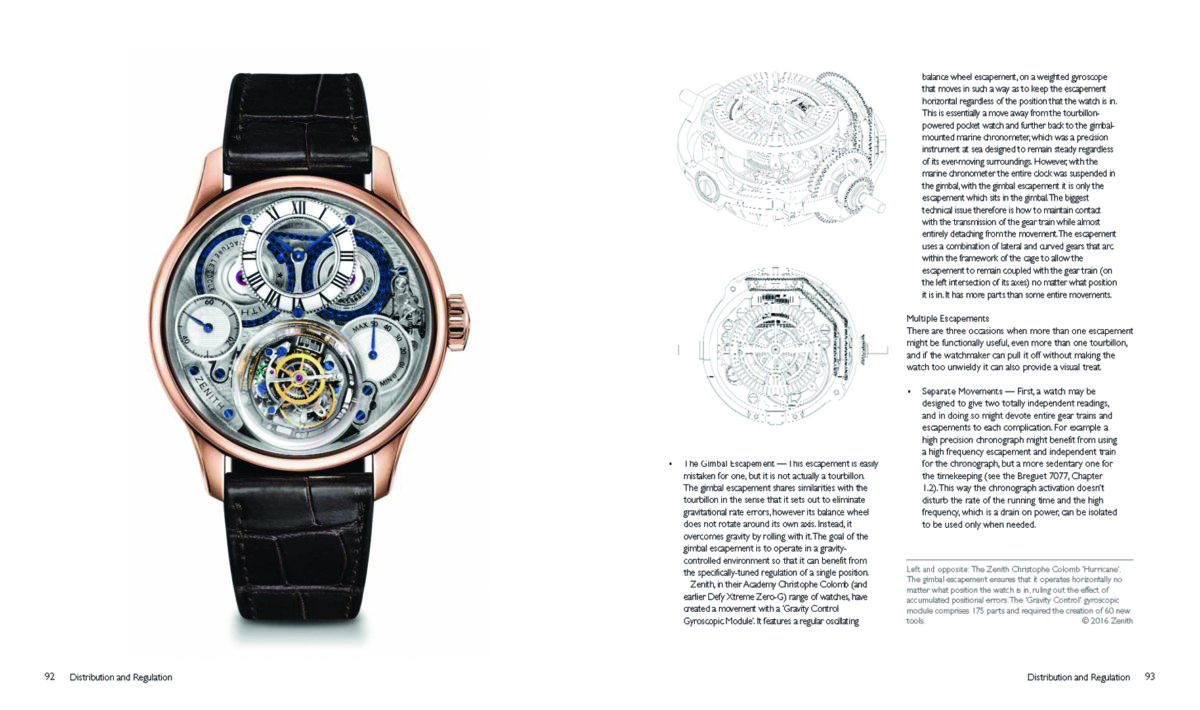
The gimbal escapement, with associated diagrams, is featured in the Distribution and Regulation chapter.

A subchapter entitled ‘Beyond 5Hz’ takes you on a journey of mechanical frequencies from 5Hz to a blistering 1,000Hz.
Section 2 is entitled ‘Complications’. Each chapter provides a theme for any given complication to be categorized into. The chronograph, for example, is featured in ‘Recording Lapses of Time’; the torque indicator in ‘Power and Performance Indicators’; the phase of the moon indicator in ‘Astronomical Complications’; and the sonnerie in ‘Chiming Complications.’ Some of these complications provide the user with an objective reading; others are a little more flamboyant. In the ‘Novelty Indication’ chapter, for example, you will find regulators, retrograde indicators, orbital and digital displays.
This is the chapter where time is indicated by the meniscus between two coloured liquids, by telescopic hands, or magnetically suspended spheres. The penultimate chapter is entitled ‘The Whimsical and Playful.’ This is where the bird chirps, the music plays, and the casino floor comes to life under the translucent ceiling of a sapphire crystal. The final chapter brings out the big guns, the super-complicated watches, the monsters that provide an all-in-one platform for many of the complications covered earlier in the book.

The ‘Super Complicated Watches’ chapter is set aside for some of the most complex watches ever made, including a handful of iconic pocket watches.
Every complication and every subheading is illustrated with high quality shots of the models that best represent the subject, whether they are vintage or current day, elegant or avant garde, low cost or expensive (or extremely expensive), mass-produced or built by one man in a workshop the size of a large shed. This is a ‘brand agnostic’ book with an intentionally diverse range. It’s not my intention for the reader to love every watch in the book; what I hope is for them to appreciate each watch has having a rightful place in the halls of horology.
Images are largely front-facing, but when necessary the book features shots of the back, of the uncased movement, or of isolated components. Occasionally labels are added; otherwise the watch is shown in its untouched glory and on a scale that does not require a loupe to appreciate the smallest of details.
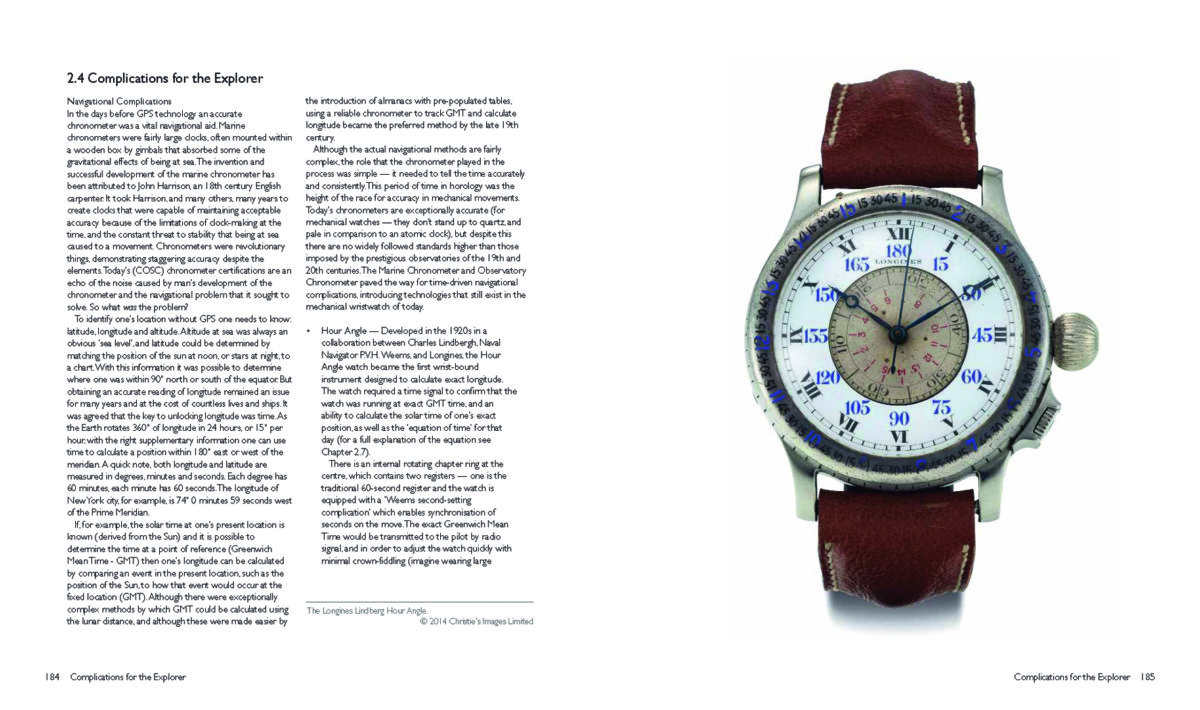
Some complications, such as the hour angle, have been lost in antiquity and therefore a vintage model provides the most apt illustration.
What makes the book unique?
The excitement of deciding to write a book was almost immediately followed by the fear that, somewhere out there, there already existed one that was everything I had in mind. As a result, the early days of this journey started with a nervous but detailed assessment of the competition. I had already read with great interest the foundational texts, such as Theory of Horology and Watchmaking, and owned a handful of the coffee table watch books. My experience of the textbooks is that they, quite intentionally, are only suitable for the most cerebral of enthusiasts, whereas the coffee table book speaks volumes in visual aesthetic but rarely matches it with content. I wanted to create something that delivered the essential subject matter for an enthusiast, collector, or budding watchmaker, but that transports them from the classroom into the boutique, the manufacture, and right onto or under the dials of hundreds of watches.

